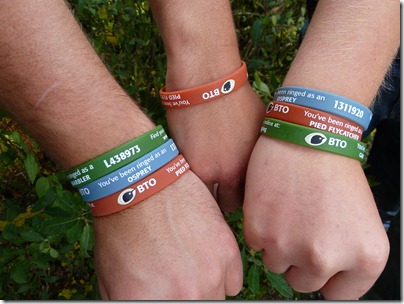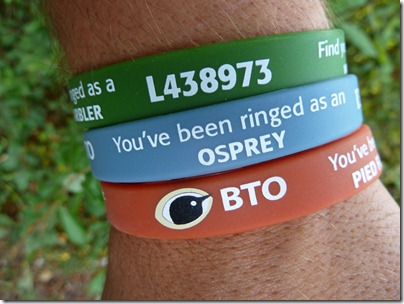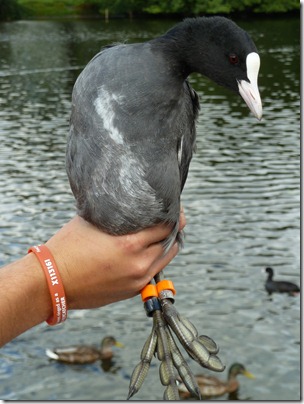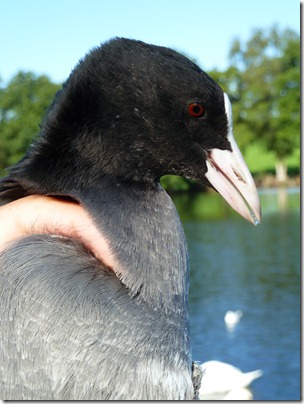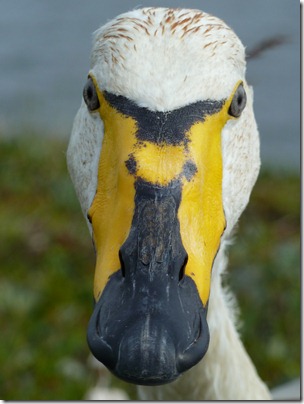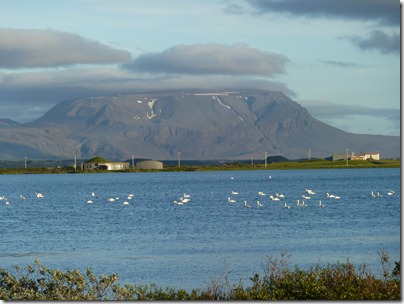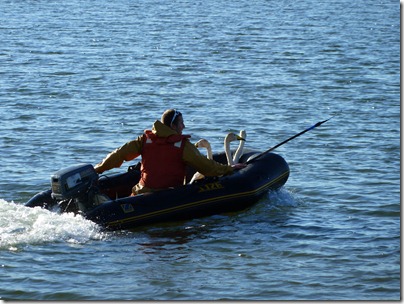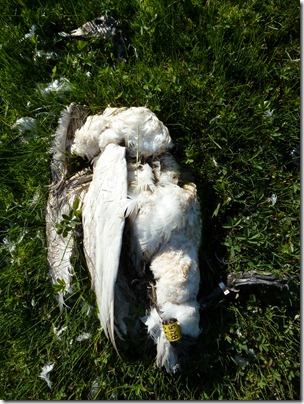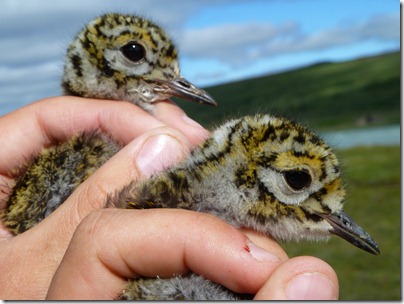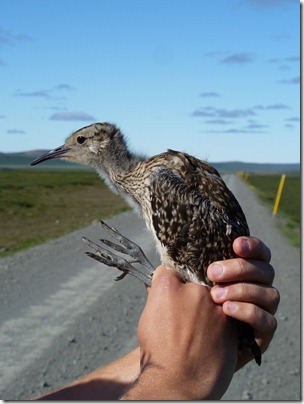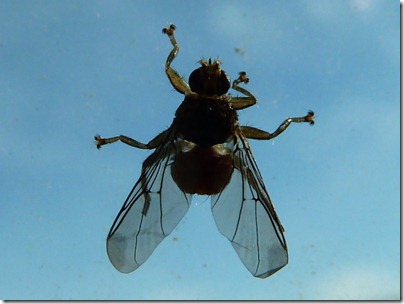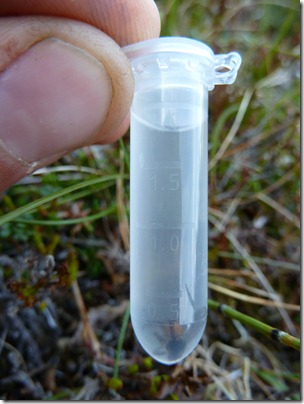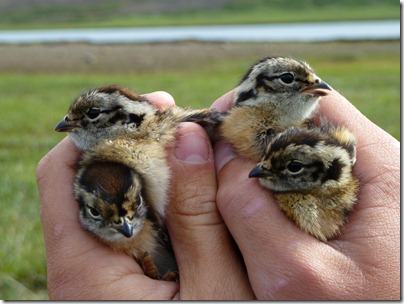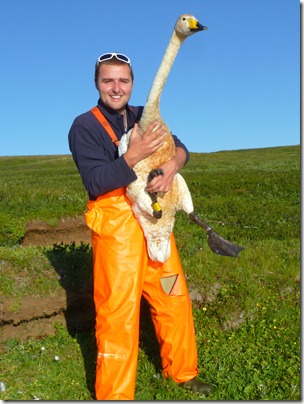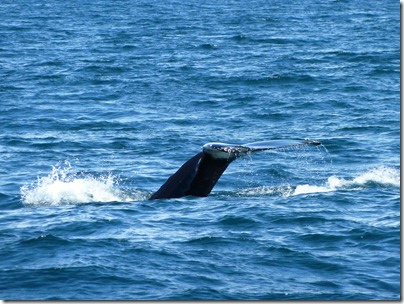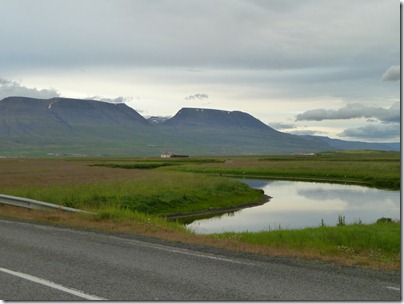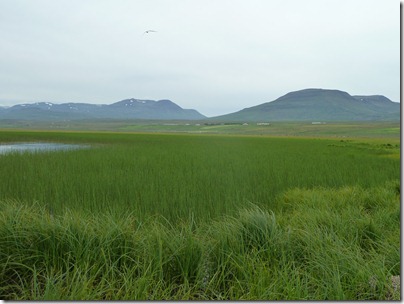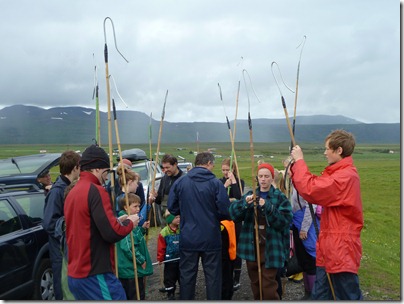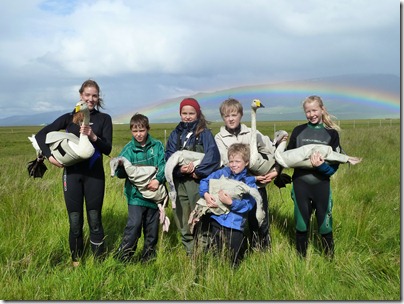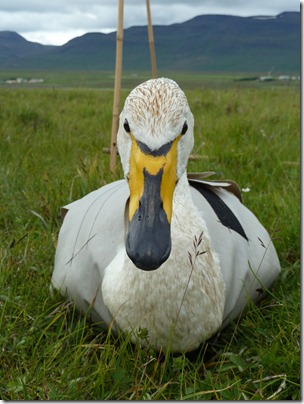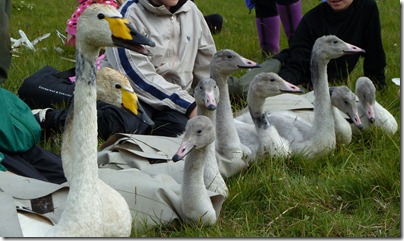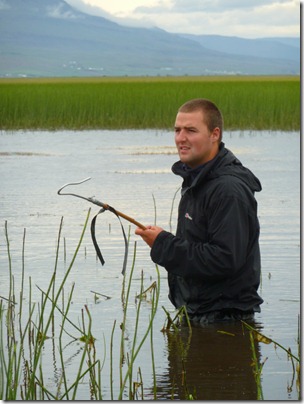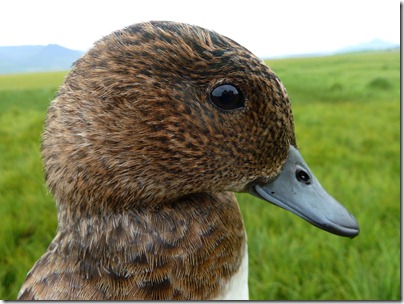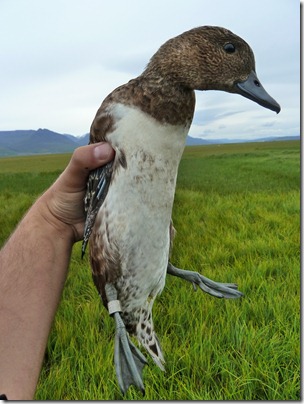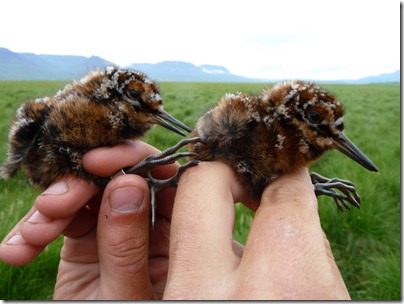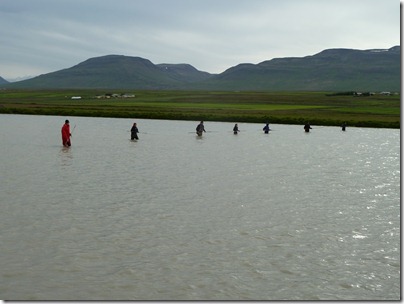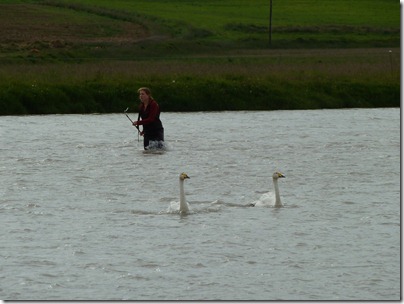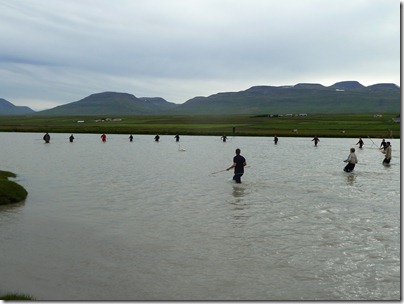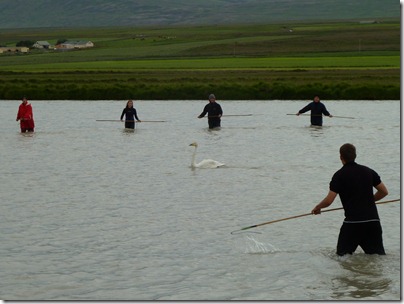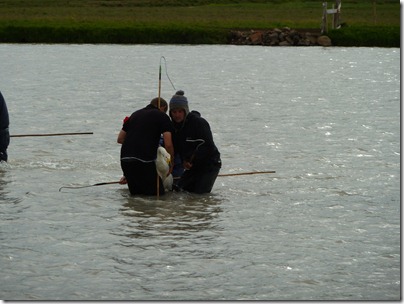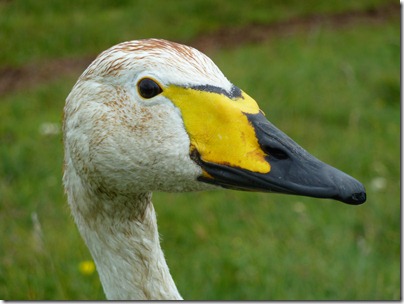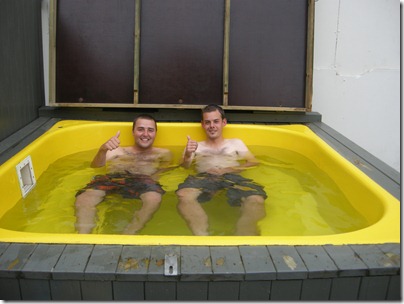We’ve recently received a batch of 89 recoveries from the BTO, the majority of these being Coot & Mute Swan colour ring sightings.
Thirty three Coot recoveries were included in this latest batch, many being useful local sightings & the majority involving birds ringed at Southport Marine Lake. Birds ringed at Southport were found at Killingworth Lake, Newcastle – 180km NNE in 176 days. At Erewash Meadows in Nottingham – 130km ESE in 148 days. Also recovered at Rodley Nature Reserve in Leeds – 92km E in 200 days. And one found dead at Barrow in Furness – 52km NNE in 208 days. A bird ringed at Bowness on Windermere in Cumbria was sighted at RSPB Marshside, Southport – 77km S in 227 days.
Further repeat sightings of our darvic ringed Black Headed Gulls were included. These being 2A00 ringed at Bowness on Windermere, recovered in Oslo – 1027km. And 2A06 recovered in Utena in Lithuania – 1837km.
Passerines were represented by a Chaffinch ringed at Shakerley, Atherton – being controlled by ringers at Hightown, Merseyside – 38km W in 137 days. A Goldfinch ringed at Walkden in February this year was controlled by ringers in Newton, Lancs – 47km N in 60 days. A Swallow ringed as a chick in the nest at WWT Martin Mere in June this year was controlled by ringers at Betley Mere in Staffordshire, 46 days later, 75km SSE. And a Blue Tit ringed as a chick in Atherton in May this year was found dead soon after fledging after being found in a water butt.
A Wood Pigeon ringed in my Atherton garden in May this year was shot dead in Atherton Woods 73 days & 2km later and reported by the hunter. We also received some information on various birds that we’ve controlled over the last few months (I.e birds ringed elsewhere and caught at our sites). This included Sand Martin – L451555 – ringed as a juvenile at Roundhouse Quarry Farm in Wiltshire in July 2010. This was controlled at our Shakerley, Atherton colony in June this year. 336 days, 211km NNW.
This batch of recoveries certainly shows the various ways in which we receive recoveries. Whether it be by other bird ringers, members of the public, hunters or the Police! Congratulations must go to the BTO staff who work hard in processing this information, the turn around time is great & the new online/e-mail recovery system is first class!!!
